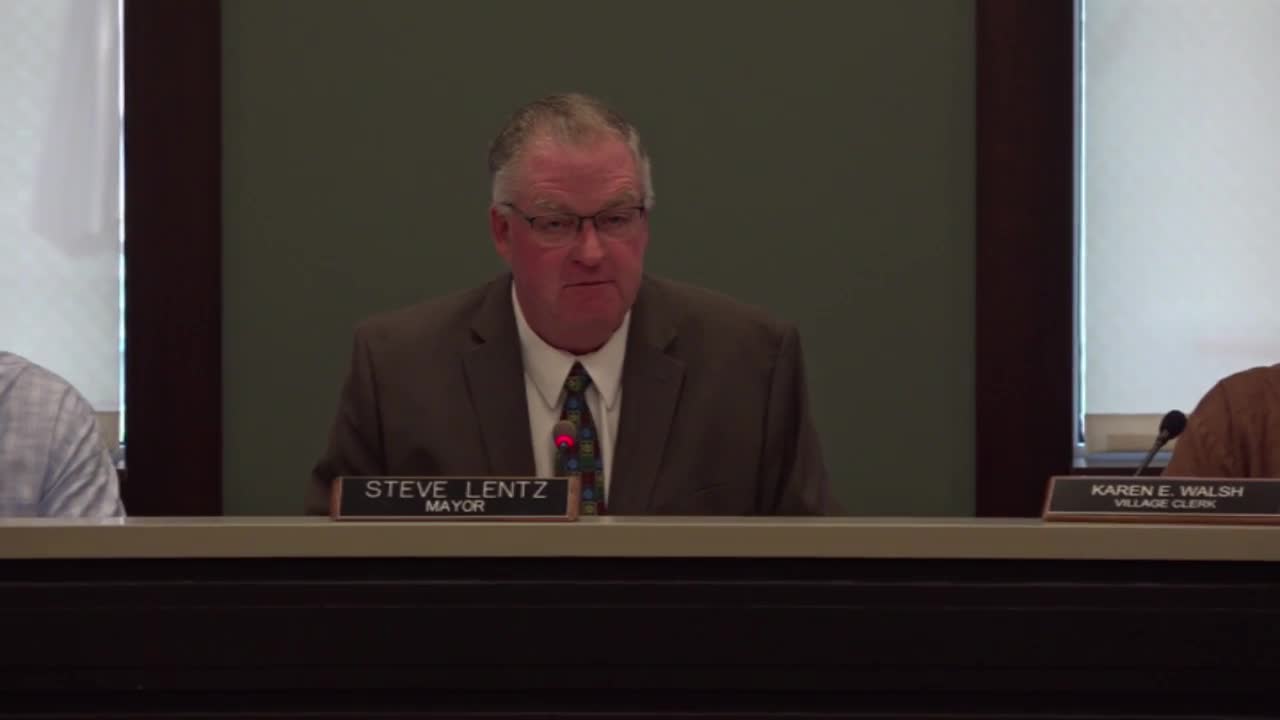Heavy Rainfall Triggers Community Concerns Over Flooding
June 24, 2024 | Mundelein Village, Lake County, Illinois

This article was created by AI summarizing key points discussed. AI makes mistakes, so for full details and context, please refer to the video of the full meeting. Please report any errors so we can fix them. Report an error »

In a recent government meeting, officials discussed the impact of a significant rainstorm that brought approximately 4.6 inches of rain over a four-hour period. This event, while intense, was compared to a similar storm from 2017, which had a quicker rainfall rate. Despite the volume of rain, the public works engineering department reported a successful management of the situation, requiring only a minimal response team to address the few incidents that arose.
Historically, such storms would have necessitated a full-scale emergency response, but advancements in the community's drainage systems allowed for a more measured approach this time. Officials clarified that the water accumulation observed on streets, often mistaken for flooding by residents, was actually ponding—a designed feature of the community's infrastructure. This design allows streets to serve as overflow routes when the underground storm sewer system reaches capacity.
Residents expressed concerns about water levels encroaching on their properties, particularly in areas like Cambridge Unit 2 and Stafford. One resident reported six inches of water threatening his home, but officials reassured him that the system was functioning as intended, with the water subsiding within two hours. They emphasized that storm sewers are engineered to handle a 10-year storm event, and when overwhelmed, the excess water is directed to surface overflow routes.
The meeting highlighted the importance of public education regarding stormwater management and the community's infrastructure, aiming to alleviate fears and clarify the purpose of the drainage systems in place.
Historically, such storms would have necessitated a full-scale emergency response, but advancements in the community's drainage systems allowed for a more measured approach this time. Officials clarified that the water accumulation observed on streets, often mistaken for flooding by residents, was actually ponding—a designed feature of the community's infrastructure. This design allows streets to serve as overflow routes when the underground storm sewer system reaches capacity.
Residents expressed concerns about water levels encroaching on their properties, particularly in areas like Cambridge Unit 2 and Stafford. One resident reported six inches of water threatening his home, but officials reassured him that the system was functioning as intended, with the water subsiding within two hours. They emphasized that storm sewers are engineered to handle a 10-year storm event, and when overwhelmed, the excess water is directed to surface overflow routes.
The meeting highlighted the importance of public education regarding stormwater management and the community's infrastructure, aiming to alleviate fears and clarify the purpose of the drainage systems in place.
View full meeting
This article is based on a recent meeting—watch the full video and explore the complete transcript for deeper insights into the discussion.
View full meeting
